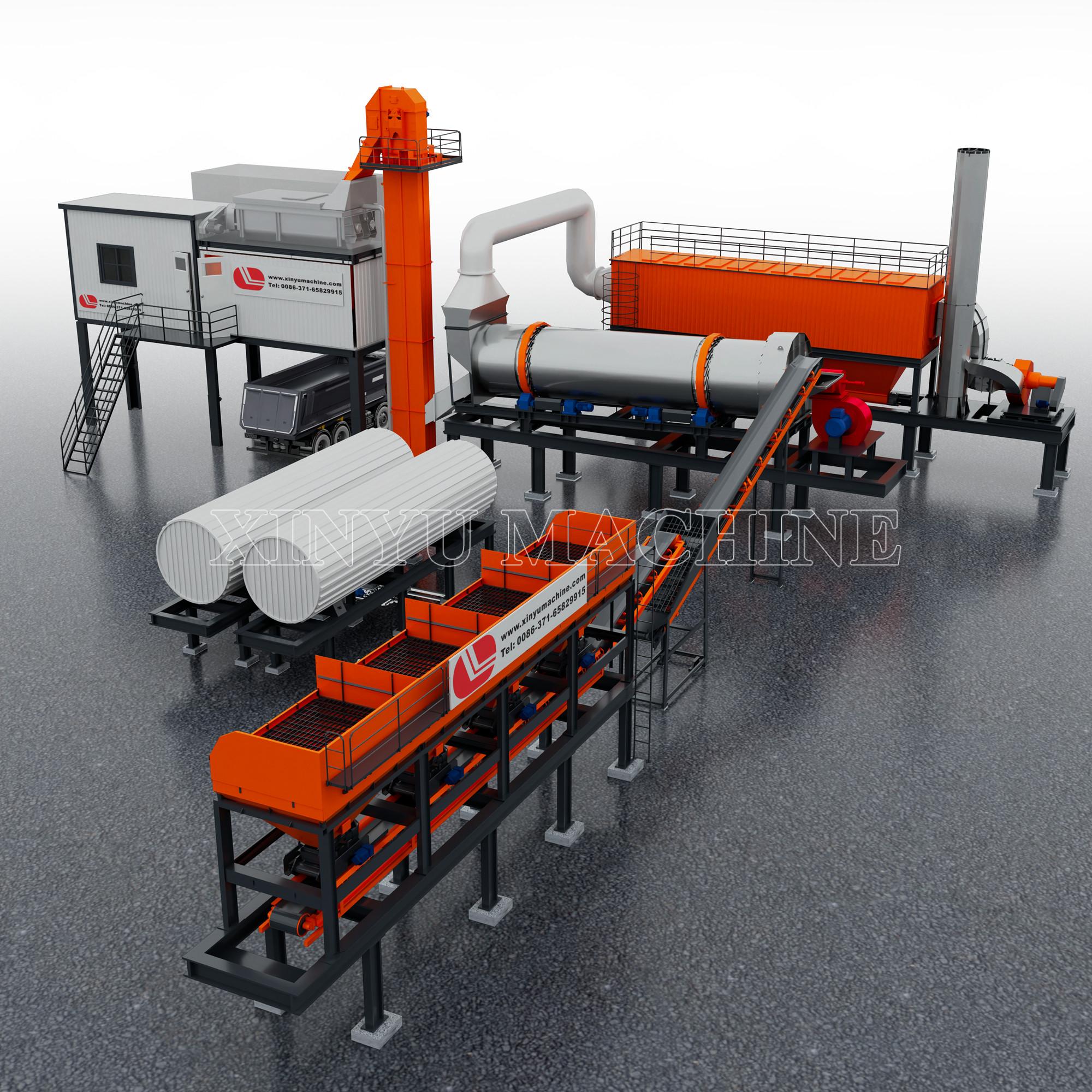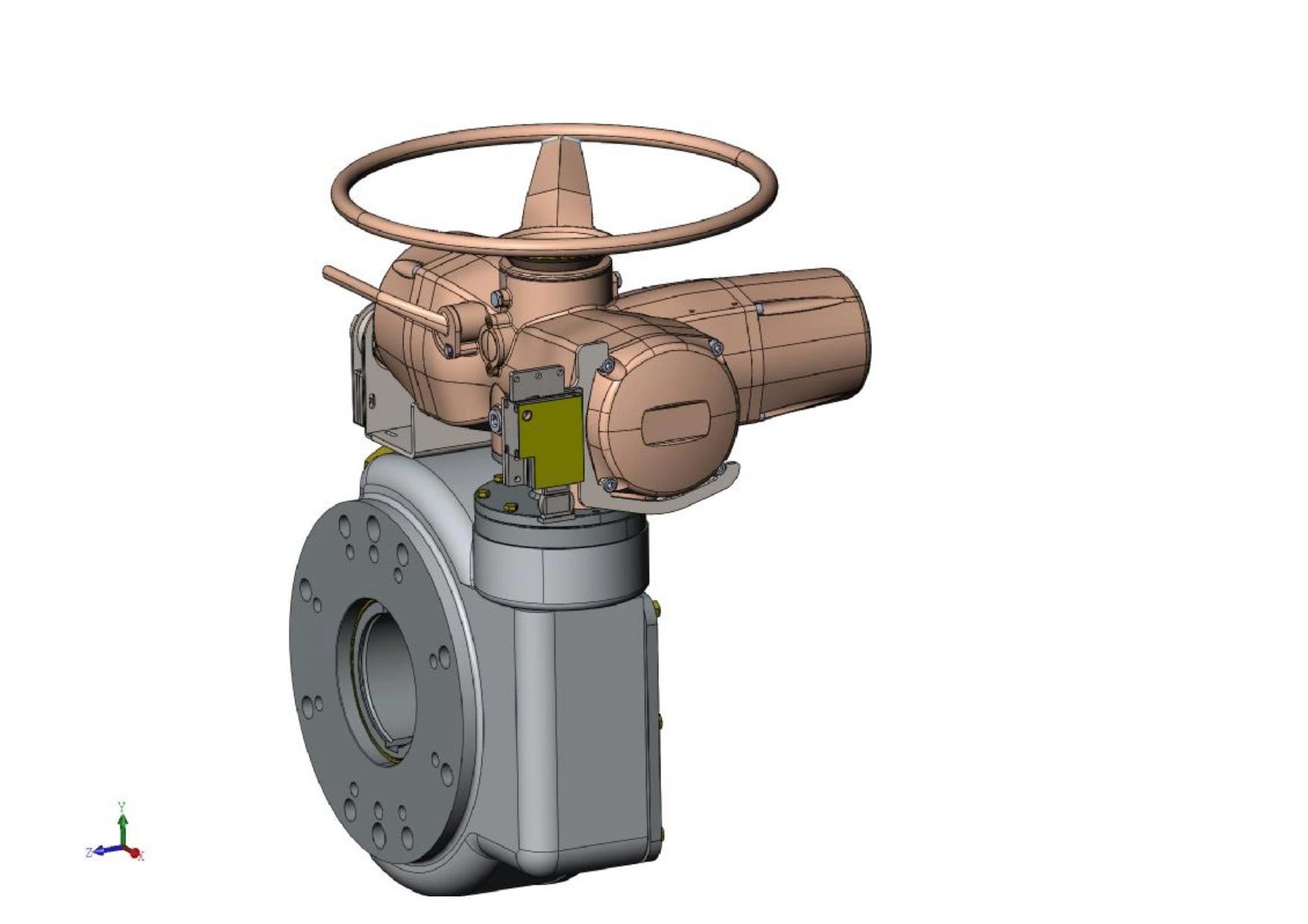Hemodialysis and Peritoneal Dialysis Market to Surpass USD 245 Billion by 2034
The global hemodialysis and peritoneal dialysis market is on a transformative trajectory, projected to grow from an estimated USD 104.3 billion in 2024 to more than USD 245 billion by 2034, at a CAGR of 8.9%. This expansion is fueled by rising end-stage renal disease (ESRD) cases, advancing technologies, and a surge in home-based treatment adoption.
Fresenius, Baxter, and B. Braun Cement Industry Dominance
Established leaders such as Fresenius Medical Care, Baxter International, and B. Braun Melsungen AG continue to set benchmarks with comprehensive product portfolios and cutting-edge devices. Fresenius’ introduction of the 5008X hemodiafiltration system in the U.S. in 2024 signals a pivotal shift toward higher-volume, more effective treatments.
Baxter and NxStage Propel Home Dialysis Revolution
In the peritoneal dialysis segment, Baxter leads with innovative home-based treatment solutions, while NxStage Medical gains momentum with portable hemodialysis systems. These innovations are reshaping patient care, offering flexibility and reducing hospital dependency.
Asian Markets Outpace Global Growth
Asia Pacific, particularly Japan and South Korea, is emerging as the fastest-growing regional market. Japan’s 10.3% CAGR growth rate is reinforced by breakthroughs in hyperphosphatemia management, while South Korea’s 11.3% CAGR reflects a growing preference for home-based peritoneal dialysis. Government investment in healthcare infrastructure across China further accelerates market adoption.
Click Here for More Information:- https://www.futuremarketinsights.com/reports/hemodialys-and-peritoneal-dialysis-market
Technological Disruptors Drive Competitive Edge
Start-ups and innovators are carving their space with breakthrough devices. AWAK Technologies is advancing wearable peritoneal dialysis, and liberDi Ltd. secured FDA clearance for a continuous ambulatory peritoneal dialysis system enabling workplace treatments. These developments promise to boost accessibility and treatment compliance.
United States Leads with Advanced Infrastructure
The U.S. market, projected to reach USD 43.5 billion by 2034, benefits from strong reimbursement policies and robust ESRD patient care frameworks. Medicare’s coverage of up to 80% of monthly dialysis costs continues to support adoption and encourage investment in advanced systems.
United Kingdom Strengthens Home Hemodialysis Accessibility
The U.K. market, forecasted at USD 9.9 billion by 2034, is driven by initiatives from companies like Quanta Dialysis Technologies, which raised significant funding to expand cost-effective home dialysis. Rising CKD prevalence underscores the need for expanded treatment access.
Device Segment Outperforms with Longevity and Efficiency
Dialysis devices are set to maintain the largest revenue share, thanks to their durability, improved efficiency, and growing appeal for in-house healthcare facilities. Continuous enhancements in portability and patient comfort make them a preferred investment for healthcare providers worldwide.
Hemodialysis Retains Clinical Preference
Hemodialysis remains the dominant treatment type due to its global availability and effectiveness in waste and fluid removal. Its proven track record in managing ESRD keeps it at the forefront, despite the growing appeal of peritoneal dialysis for home use.
Global Push Toward Patient-Centric Solutions
The market is experiencing a shift toward personalized treatments and value-based healthcare models. Providers are adopting remote monitoring, predictive analytics, and eco-friendly practices, enhancing both patient outcomes and sustainability in dialysis operations.
ESRD Prevalence Continues to Fuel Demand
According to the USRDS Annual Data Report 2022, newly recorded ESRD cases in the U.S. grew from 94,466 in 2000 to 134,862 in 2019. This trend, combined with aging populations worldwide, is expected to sustain strong demand for both hemodialysis and peritoneal dialysis.
Future Outlook – Bioartificial Kidney on the Horizon
Long-term market potential is bolstered by pioneering research into implantable bioartificial kidney (BAK) technology, aiming to fully replicate natural kidney functions. If commercialized, BAK could redefine renal replacement therapy, creating entirely new competitive landscapes by the 2030s.
Get Sample Report: - https://www.futuremarketinsights.com/reports/sample/rep-gb-14681
About Future Market Insights (FMI)
Future Market Insights, Inc. (ESOMAR certified, recipient of the Stevie Award, and a member of the Greater New York Chamber of Commerce) offers profound insights into the driving factors that are boosting demand in the market. FMI stands as the leading global provider of market intelligence, advisory services, consulting, and events for the Packaging, Food and Beverage, Consumer Technology, Healthcare, Industrial, and Chemicals markets. With a vast team of over 400 analystsworldwide, FMI provides global, regional, and local expertise on diverse domains and industry trends across more than 110 countries.
Contact Us:
Future Market Insights Inc.
Christiana Corporate, 200 Continental Drive,
Suite 401, Newark, Delaware – 19713, USA
T: +1-347-918-3531
For Sales Enquiries: sales@futuremarketinsights.com
Website: https://www.futuremarketinsights.com
LinkedIn| Twitter| Blogs | YouTube
The global hemodialysis and peritoneal dialysis market is on a transformative trajectory, projected to grow from an estimated USD 104.3 billion in 2024 to more than USD 245 billion by 2034, at a CAGR of 8.9%. This expansion is fueled by rising end-stage renal disease (ESRD) cases, advancing technologies, and a surge in home-based treatment adoption.
Fresenius, Baxter, and B. Braun Cement Industry Dominance
Established leaders such as Fresenius Medical Care, Baxter International, and B. Braun Melsungen AG continue to set benchmarks with comprehensive product portfolios and cutting-edge devices. Fresenius’ introduction of the 5008X hemodiafiltration system in the U.S. in 2024 signals a pivotal shift toward higher-volume, more effective treatments.
Baxter and NxStage Propel Home Dialysis Revolution
In the peritoneal dialysis segment, Baxter leads with innovative home-based treatment solutions, while NxStage Medical gains momentum with portable hemodialysis systems. These innovations are reshaping patient care, offering flexibility and reducing hospital dependency.
Asian Markets Outpace Global Growth
Asia Pacific, particularly Japan and South Korea, is emerging as the fastest-growing regional market. Japan’s 10.3% CAGR growth rate is reinforced by breakthroughs in hyperphosphatemia management, while South Korea’s 11.3% CAGR reflects a growing preference for home-based peritoneal dialysis. Government investment in healthcare infrastructure across China further accelerates market adoption.
Click Here for More Information:- https://www.futuremarketinsights.com/reports/hemodialys-and-peritoneal-dialysis-market
Technological Disruptors Drive Competitive Edge
Start-ups and innovators are carving their space with breakthrough devices. AWAK Technologies is advancing wearable peritoneal dialysis, and liberDi Ltd. secured FDA clearance for a continuous ambulatory peritoneal dialysis system enabling workplace treatments. These developments promise to boost accessibility and treatment compliance.
United States Leads with Advanced Infrastructure
The U.S. market, projected to reach USD 43.5 billion by 2034, benefits from strong reimbursement policies and robust ESRD patient care frameworks. Medicare’s coverage of up to 80% of monthly dialysis costs continues to support adoption and encourage investment in advanced systems.
United Kingdom Strengthens Home Hemodialysis Accessibility
The U.K. market, forecasted at USD 9.9 billion by 2034, is driven by initiatives from companies like Quanta Dialysis Technologies, which raised significant funding to expand cost-effective home dialysis. Rising CKD prevalence underscores the need for expanded treatment access.
Device Segment Outperforms with Longevity and Efficiency
Dialysis devices are set to maintain the largest revenue share, thanks to their durability, improved efficiency, and growing appeal for in-house healthcare facilities. Continuous enhancements in portability and patient comfort make them a preferred investment for healthcare providers worldwide.
Hemodialysis Retains Clinical Preference
Hemodialysis remains the dominant treatment type due to its global availability and effectiveness in waste and fluid removal. Its proven track record in managing ESRD keeps it at the forefront, despite the growing appeal of peritoneal dialysis for home use.
Global Push Toward Patient-Centric Solutions
The market is experiencing a shift toward personalized treatments and value-based healthcare models. Providers are adopting remote monitoring, predictive analytics, and eco-friendly practices, enhancing both patient outcomes and sustainability in dialysis operations.
ESRD Prevalence Continues to Fuel Demand
According to the USRDS Annual Data Report 2022, newly recorded ESRD cases in the U.S. grew from 94,466 in 2000 to 134,862 in 2019. This trend, combined with aging populations worldwide, is expected to sustain strong demand for both hemodialysis and peritoneal dialysis.
Future Outlook – Bioartificial Kidney on the Horizon
Long-term market potential is bolstered by pioneering research into implantable bioartificial kidney (BAK) technology, aiming to fully replicate natural kidney functions. If commercialized, BAK could redefine renal replacement therapy, creating entirely new competitive landscapes by the 2030s.
Get Sample Report: - https://www.futuremarketinsights.com/reports/sample/rep-gb-14681
About Future Market Insights (FMI)
Future Market Insights, Inc. (ESOMAR certified, recipient of the Stevie Award, and a member of the Greater New York Chamber of Commerce) offers profound insights into the driving factors that are boosting demand in the market. FMI stands as the leading global provider of market intelligence, advisory services, consulting, and events for the Packaging, Food and Beverage, Consumer Technology, Healthcare, Industrial, and Chemicals markets. With a vast team of over 400 analystsworldwide, FMI provides global, regional, and local expertise on diverse domains and industry trends across more than 110 countries.
Contact Us:
Future Market Insights Inc.
Christiana Corporate, 200 Continental Drive,
Suite 401, Newark, Delaware – 19713, USA
T: +1-347-918-3531
For Sales Enquiries: sales@futuremarketinsights.com
Website: https://www.futuremarketinsights.com
LinkedIn| Twitter| Blogs | YouTube
Hemodialysis and Peritoneal Dialysis Market to Surpass USD 245 Billion by 2034
The global hemodialysis and peritoneal dialysis market is on a transformative trajectory, projected to grow from an estimated USD 104.3 billion in 2024 to more than USD 245 billion by 2034, at a CAGR of 8.9%. This expansion is fueled by rising end-stage renal disease (ESRD) cases, advancing technologies, and a surge in home-based treatment adoption.
Fresenius, Baxter, and B. Braun Cement Industry Dominance
Established leaders such as Fresenius Medical Care, Baxter International, and B. Braun Melsungen AG continue to set benchmarks with comprehensive product portfolios and cutting-edge devices. Fresenius’ introduction of the 5008X hemodiafiltration system in the U.S. in 2024 signals a pivotal shift toward higher-volume, more effective treatments.
Baxter and NxStage Propel Home Dialysis Revolution
In the peritoneal dialysis segment, Baxter leads with innovative home-based treatment solutions, while NxStage Medical gains momentum with portable hemodialysis systems. These innovations are reshaping patient care, offering flexibility and reducing hospital dependency.
Asian Markets Outpace Global Growth
Asia Pacific, particularly Japan and South Korea, is emerging as the fastest-growing regional market. Japan’s 10.3% CAGR growth rate is reinforced by breakthroughs in hyperphosphatemia management, while South Korea’s 11.3% CAGR reflects a growing preference for home-based peritoneal dialysis. Government investment in healthcare infrastructure across China further accelerates market adoption.
Click Here for More Information:- https://www.futuremarketinsights.com/reports/hemodialys-and-peritoneal-dialysis-market
Technological Disruptors Drive Competitive Edge
Start-ups and innovators are carving their space with breakthrough devices. AWAK Technologies is advancing wearable peritoneal dialysis, and liberDi Ltd. secured FDA clearance for a continuous ambulatory peritoneal dialysis system enabling workplace treatments. These developments promise to boost accessibility and treatment compliance.
United States Leads with Advanced Infrastructure
The U.S. market, projected to reach USD 43.5 billion by 2034, benefits from strong reimbursement policies and robust ESRD patient care frameworks. Medicare’s coverage of up to 80% of monthly dialysis costs continues to support adoption and encourage investment in advanced systems.
United Kingdom Strengthens Home Hemodialysis Accessibility
The U.K. market, forecasted at USD 9.9 billion by 2034, is driven by initiatives from companies like Quanta Dialysis Technologies, which raised significant funding to expand cost-effective home dialysis. Rising CKD prevalence underscores the need for expanded treatment access.
Device Segment Outperforms with Longevity and Efficiency
Dialysis devices are set to maintain the largest revenue share, thanks to their durability, improved efficiency, and growing appeal for in-house healthcare facilities. Continuous enhancements in portability and patient comfort make them a preferred investment for healthcare providers worldwide.
Hemodialysis Retains Clinical Preference
Hemodialysis remains the dominant treatment type due to its global availability and effectiveness in waste and fluid removal. Its proven track record in managing ESRD keeps it at the forefront, despite the growing appeal of peritoneal dialysis for home use.
Global Push Toward Patient-Centric Solutions
The market is experiencing a shift toward personalized treatments and value-based healthcare models. Providers are adopting remote monitoring, predictive analytics, and eco-friendly practices, enhancing both patient outcomes and sustainability in dialysis operations.
ESRD Prevalence Continues to Fuel Demand
According to the USRDS Annual Data Report 2022, newly recorded ESRD cases in the U.S. grew from 94,466 in 2000 to 134,862 in 2019. This trend, combined with aging populations worldwide, is expected to sustain strong demand for both hemodialysis and peritoneal dialysis.
Future Outlook – Bioartificial Kidney on the Horizon
Long-term market potential is bolstered by pioneering research into implantable bioartificial kidney (BAK) technology, aiming to fully replicate natural kidney functions. If commercialized, BAK could redefine renal replacement therapy, creating entirely new competitive landscapes by the 2030s.
Get Sample Report: - https://www.futuremarketinsights.com/reports/sample/rep-gb-14681
About Future Market Insights (FMI)
Future Market Insights, Inc. (ESOMAR certified, recipient of the Stevie Award, and a member of the Greater New York Chamber of Commerce) offers profound insights into the driving factors that are boosting demand in the market. FMI stands as the leading global provider of market intelligence, advisory services, consulting, and events for the Packaging, Food and Beverage, Consumer Technology, Healthcare, Industrial, and Chemicals markets. With a vast team of over 400 analystsworldwide, FMI provides global, regional, and local expertise on diverse domains and industry trends across more than 110 countries.
Contact Us:
Future Market Insights Inc.
Christiana Corporate, 200 Continental Drive,
Suite 401, Newark, Delaware – 19713, USA
T: +1-347-918-3531
For Sales Enquiries: sales@futuremarketinsights.com
Website: https://www.futuremarketinsights.com
LinkedIn| Twitter| Blogs | YouTube
0 Commentarios
0 Acciones
0 Vista previa











